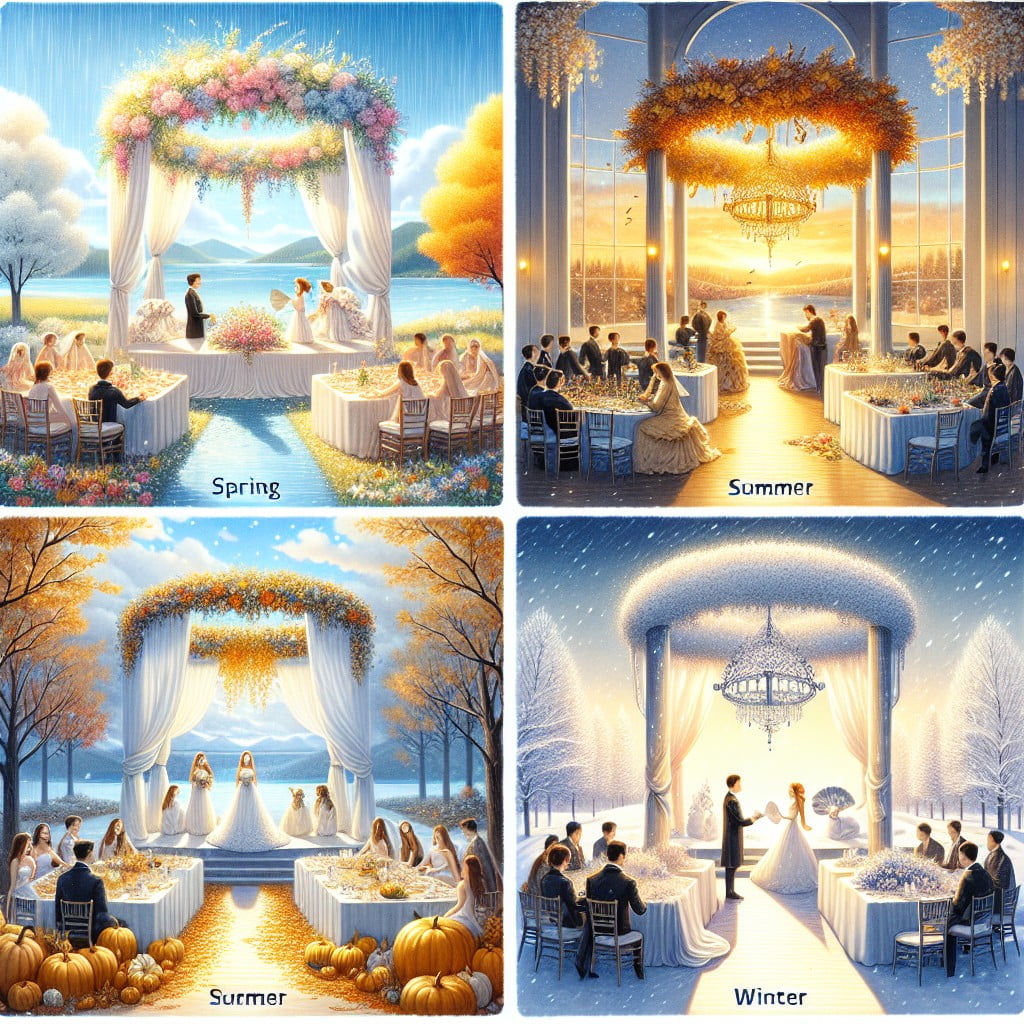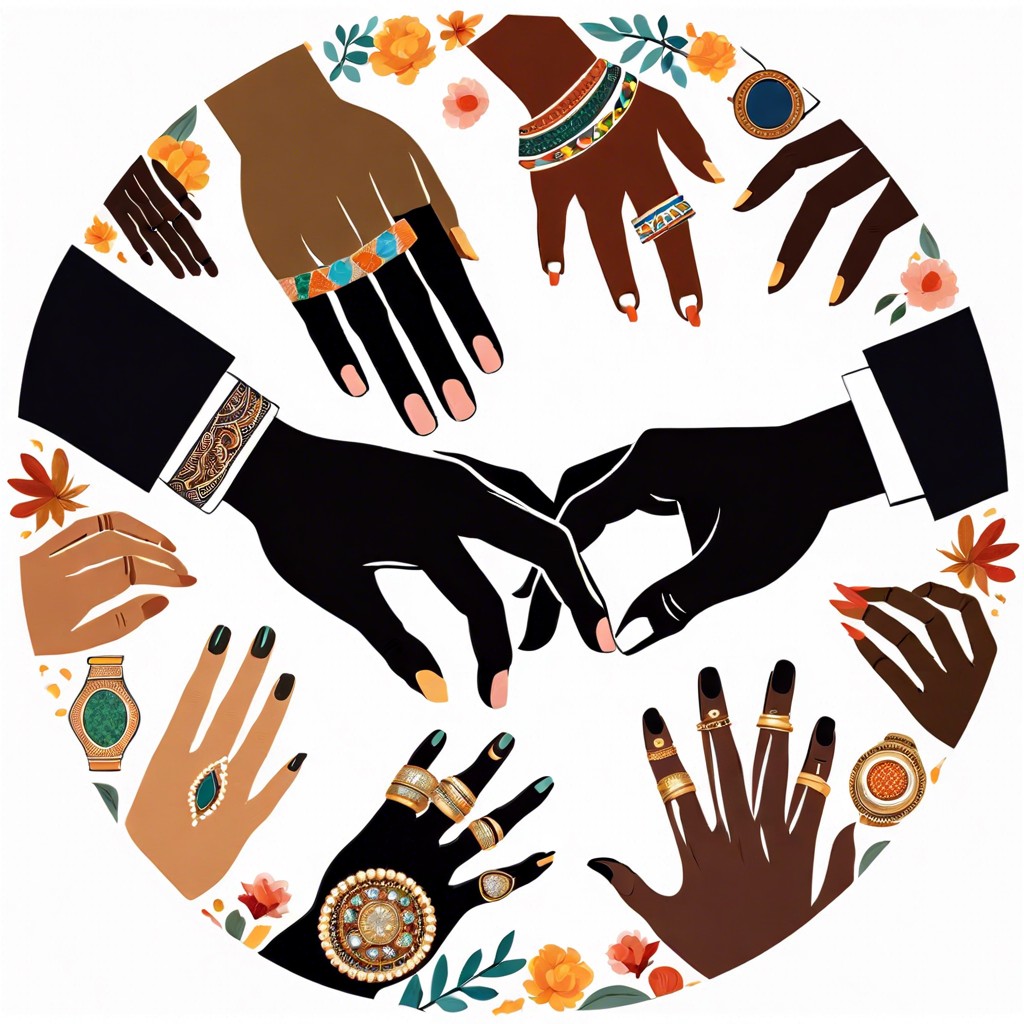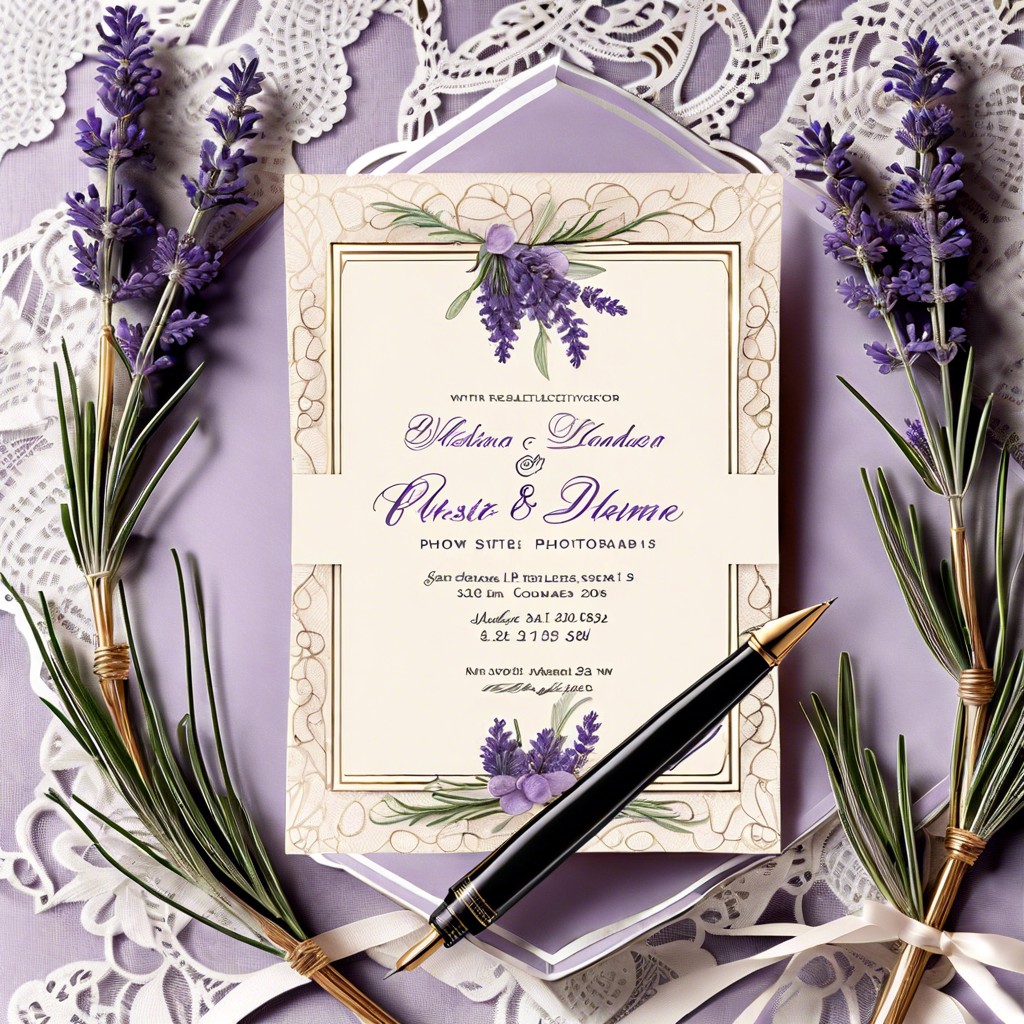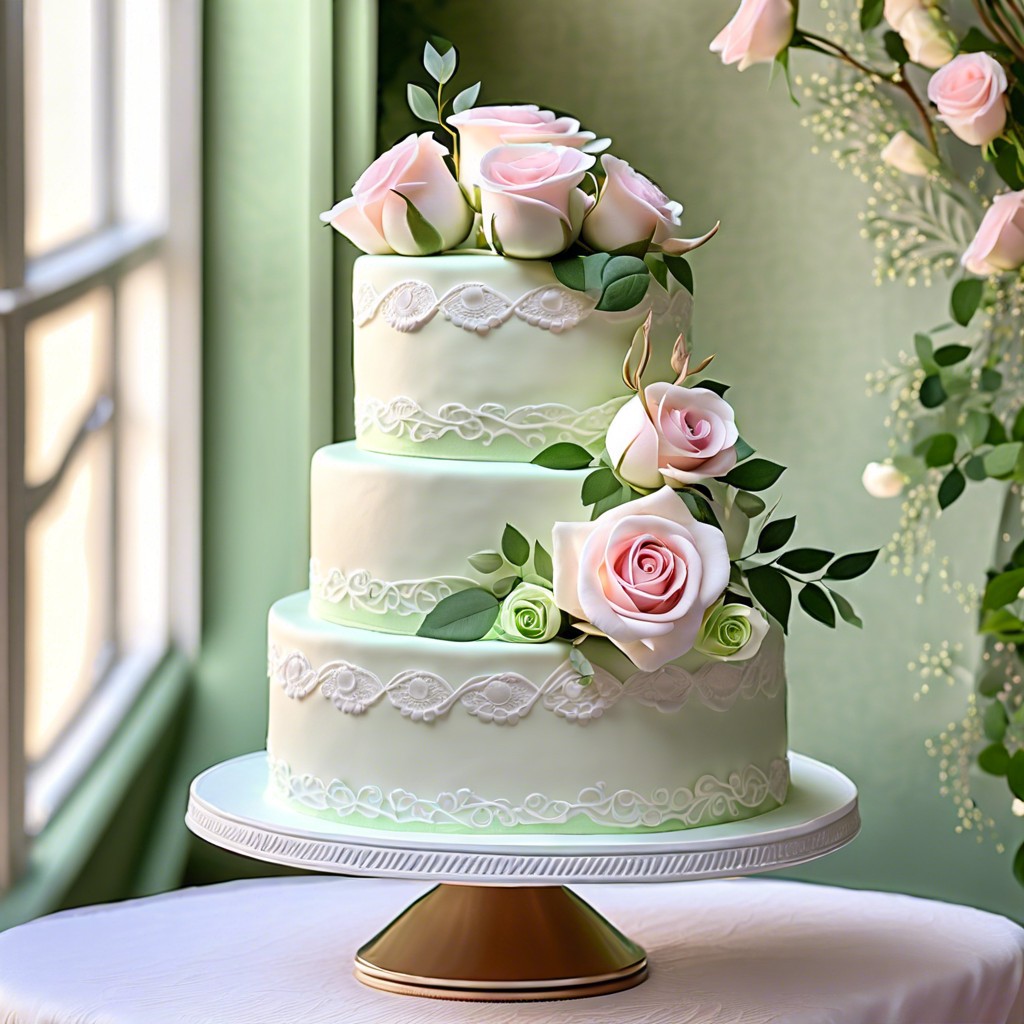Delving into the best month to tie the knot is crucial because it sets the tone for your entire wedding planning journey, impacting everything from venue availability to budget.
Key takeaways:
- Weather considerations: Summer (warmth, outdoor venues), Fall (cooler temps, fall foliage), Winter (snowy backdrop), Spring (mild weather, blooming landscapes).
- Cost-effectiveness and budgeting: Off-peak season, weekday weddings, December.
- Seasonal wedding themes and decor: Spring (pastels, florals), Summer (bold colors, beach themes), Fall (warm colors, rustic elements), Winter (opulence, sparkle).
- Guest availability and vacation schedules: Consider school breaks, holidays, and destination weddings.
- Venue availability and rates: Weekdays & Sundays, winter weddings, cancellations, book in advance, offbeat venues.
Weather Considerations for Wedding Months

Selecting the right month for your wedding largely hinges on the type of weather you desire for your big day.
Summer: Think warmth and sunshine, ideal for beach or outdoor venues. However, be mindful of the potential for high heat, which might be uncomfortable for guests during outdoor ceremonies.
Fall: This season offers cooler temperatures and stunning fall foliage, excellent for rich, warm photographs and comfortable attire options.
Winter: While offering a snowy, romantic backdrop, it limits outdoor activities and may require more logistics for travel and venue accessibility.
Spring: Known for mild weather and blooming landscapes, it’s perfect for outdoor vows. Keep backup plans for spring showers to ensure a smooth experience.
Always have a Plan B for unexpected weather changes, such as tents for an outdoor setting or air conditioners/heaters to manage extreme temperatures. The comfort of your guests and the success of your event may depend on these considerations.
Cost-Effectiveness and Budgeting By Month

When selecting your wedding month, financial considerations are key. Peak wedding season typically runs from late spring to early fall, with June and September being the most sought-after months. Due to high demand, these months often come with a premium price tag for venues and vendors.
Conversely, marrying during the off-peak season, such as early spring or late fall, can be significantly more budget-friendly. Vendors may offer discounts to fill their calendars during these less popular times. For instance, a January or February wedding could reduce your venue and catering costs by as much as 20-30%.
It’s also worth considering a weekday wedding, as Saturdays are the most common choice. Opting for a Friday or Sunday ceremony could result in more bang for your buck. Remember to account for potential travel and accommodation savings for you and your guests during the off-peak season.
Lastly, don’t overlook the month of December, where holiday decor provided by the venue can enhance your wedding ambiance with no extra cost. Keep these points in mind to make the most of your wedding budget.
Seasonal Wedding Themes and Decor
Embracing nature’s palette, each season offers unique thematic elements to incorporate into your wedding.
Spring celebrations can blossom with pastel florals, lush greenery, and delicate fabrics, reflecting rebirth and new beginnings. Picture a garden setting, rich with the scent of blooming flowers, and tables adorned with soft, airy colors.
Summer weddings thrive on vibrant, bold colors and outdoor venues. Nautical themes, beach-inspired decor, or a rustic country vibe with sunflowers and mason jars capture the essence of the carefree season.
Autumn brings a warm and cozy atmosphere, with rich reds, oranges, and yellows. Incorporating elements like pumples, lanterns, and harvest-inspired centerpieces can create a rustic and intimate setting.
Winter nuptials offer a chance for opulence and sparkle, with deep blues, silvers, and whites. Think of a snowy landscape, candlelight, and crystals reflecting the beauty of a winter wonderland.
By aligning your wedding decor with the season, you can create a cohesive and immersive experience that complements the natural beauty of the time of year.
Guest Availability and Vacation Schedules
Maximizing the chances that your loved ones can attend your wedding hinges on thoughtful timing. Summer months, particularly June and July, often align with school breaks, making them excellent choices for guests with children. Conversely, holiday weekends, though seemingly convenient, might conflict with personal family traditions or trips. Therefore, they may result in lower attendance.
A savvy move is to send save-the-dates well in advance for peak vacation times, such as winter holidays or spring break. For destination weddings, consider the off-peak season, as guests might appreciate the dual benefit of vacationing and celebrating your nuptials without the high-season price tag or crowds. Lastly, consult with key family and friends when setting a date to ensure those you can’t imagine your day without can indeed be there to share it with you.
Venue Availability and Rates
Selecting the right month can significantly impact the availability and cost of your dream venue. Peak wedding months often see higher demand, which can result in limited dates and potentially higher rates. Conversely, marrying during off-peak times may offer more date options and negotiate lower prices.
- Consider marrying on a weekday or Sunday, which can open up more dates and sometimes lead to reduced rates, even during popular months.
- Explore the possibility of a winter wedding for unique venue options at a fraction of the peak season cost.
- Inquire about cancellations to potentially snag a sought-after spot without the standard wait time.
- Be proactive and book well in advance for popular months to ensure your preferred venue is available.
- Look into venues that are just starting out or are off the beaten path; they often offer competitive rates to attract business, regardless of the month.
Flower and Seasonal Decor Availability
Selecting the right month for your wedding can greatly impact the availability and price of floral and seasonal decor. Here are key points to consider:
- Spring brings an abundance of blooms such as peonies, tulips, and hyacinths, making it an ideal time for a flower-filled event.
- Summer offers a variety of vibrant flowers like roses, dahlias, and sunflowers, perfect for bright and cheerful wedding themes.
- Fall weddings can capitalize on rich, warm-colored floral arrangements with seasonal flowers such as chrysanthemums and marigolds, complemented by autumnal elements like pumpkins and dried leaves.
- Winter requires more strategic planning since many flowers are out of season, but evergreens, poinsettias, and amaryllis can create a festive and cozy atmosphere.
- Always inquire with local florists about seasonal flowers to ensure the freshest decor and to potentially lower costs by choosing flowers that are readily available during your wedding month.
Photography and Natural Lighting Conditions
Natural lighting can significantly enhance your wedding photos, creating a soft, magical ambiance that’s hard to replicate with artificial sources.
Golden Hour: Late afternoon ceremonies in the summer months capture the golden hour’s warm glow, ideal for romantic shots.
Overcast Skies: Spring and fall often provide overcast days, which can diffuse light perfectly and reduce shadows and harsh contrasts in photos.
Daylight Hours: Winter weddings need earlier ceremonies to make the most of limited daylight for pictures before the sun sets.
Indoor Lighting: When marrying in months with unpredictable weather, ensure your venue has ample window light to illuminate indoor shots naturally.
Sunset Times: Research the sunset timing for your specific wedding date, allowing your photographer to plan key shots around it.
Remember, great photographers can work with all lighting conditions; just make sure they’re aware of your wedding’s timing to plan accordingly.
Dress Comfort and Style Options By Season
Choosing the right attire for your wedding is heavily influenced by the time of year. For summer ceremonies, lightweight fabrics such as chiffon and linen offer breathability and comfort in warmer temperatures, while shorter dresses or those with fewer layers are practical and stylish choices.
In contrast, winter weddings call for heavier materials like velvet or brocade. Long sleeves, shawls, and elegant wraps not only add a touch of sophistication but also provide warmth.
Spring weddings are ideal for playing with pastel colors and floral lace, capturing the essence of the season’s new beginnings. Layering is key during this season, as weather can be unpredictable.
For fall nuptials, think rich, warm colors and textures. Brides might opt for gowns with subtle gold or copper accents, and grooms can consider tweed or wool suits that align with the rustic atmosphere.
Regardless of season, ensure the wedding party’s attire offers comfort and mobility; after all, they’ll be by your side from the aisle to the dance floor.
Honeymoon Destinations By Time of Year
Choosing the right month for your wedding can significantly impact the selection of your honeymoon destination. Here’s what to consider:
- Winter weddings often pair well with tropical getaways, offering a warm escape from the cold, such as the Caribbean or Southeast Asia.
- Spring nuptials open the door to destinations with mild weather and blooming landscapes; think Mediterranean climates like Greece or Italy.
- Couples marrying in the summer might enjoy cooler retreats in the Northern Hemisphere, including spots like the Canadian Rockies or Scandinavian fjords.
- Autumn brides and grooms can take advantage of the shoulder season in many popular locations, experiencing fewer crowds and picturesque fall foliage in places like New England or Japan.
Each season presents unique opportunities for newlyweds to start their lives together with an unforgettable journey. Remember to consider climate, local events, and travel costs when planning your post-wedding escape based on your wedding month.
Cultural and Festive Considerations
When selecting your wedding month, take time to reflect on any cultural or religious holidays that might coincide with your potential wedding date. Here are some-points to help navigate these considerations:
- Certain months may feature significant religious holidays that could affect guest attendance. Check the calendar to avoid unintentional overlap.
- Festive seasons can add a special ambiance to your wedding, but they may also lead to higher costs and booking challenges.
- Some cultures have auspicious dates, based on lunar calendars or astrology, that are favored for weddings. Consulting with cultural elders could provide guidance.
- Be aware of major public holidays, as these could conflict with guests’ travel plans or lead to increased costs for services.
- Consider if you want your anniversary to coincide with a major holiday or if you’d prefer a separate occasion to celebrate.
- Infuse your celebration with cultural traditions specific to the time of year you choose, which can make your wedding even more memorable.
By factoring in these cultural and festive elements, you’ll ensure your wedding date is respectful of traditions and conducive to a joyous celebration.
Popular Months for Weddings and Why
June, September, and October often top the list for wedding popularity due to their generally mild weather, picturesque natural settings, and the convenience for guests who might combine wedding attendance with their summer or fall vacations.
These months also provide a variety of outdoor and indoor venue options, allowing for flexibility in event planning.
The natural beauty of these seasons can reduce the need for excessive decorations, as the blooming flowers in June or the vibrant foliage in early autumn contribute an intrinsic charm to the celebration.
Moreover, there’s a historical tendency to favor June for weddings, harking back to the time of the Romans who celebrated the deity Juno, the protector of women in all aspects of life, but especially in marriage and childbearing, hence choosing June in hopes of securing good fortune.
Off-Peak Wedding Month Advantages
Choosing an off-peak wedding month can yield a plethora of benefits not just for your budget, but for the overall planning experience. Without the high demand of peak wedding season, venues and vendors are more likely to offer competitive pricing, increasing options within a set budget. This can also translate to more personalized attention from vendors who might be less stretched than during high season.
Additionally, your guests may enjoy lower travel and accommodation costs, making it easier for loved ones to attend. Plus, with schedules less hectic, there’s a greater chance that more guests will be available to celebrate your special day.
Another often overlooked perk is the unique atmosphere and charm of off-season months, which can offer unexpected weather and aesthetic benefits. Think of a cozy winter wedding with a snow-dusted backdrop, or an early spring event with the first blooms – these can make your day stand out and be memorable for all.
Finally, securing your dream venue might just be easier and you might have a larger selection of dates to choose from, ensuring that the perfect setting is yours without having to book years in advance.
FAQ
Which month is best for marriage?
The best months for marriage in India are traditionally January, February, April, May, and November.
What is the lucky month to get married?
The luckiest months to get married are May, July, August, October, and November.
What is the cheapest month to get married?
The cheapest months to get married are January, March, and November due to off-peak season discounts offered by many venues and wedding suppliers.
What is most popular wedding month?
The most popular months for weddings are June, October, and September.
What factors should be considered while choosing a month for marriage?
When choosing a month for marriage, one should consider factors like weather conditions, venue availability, guest convenience, budget, and potential for discounts in off-peak months.
How does the chosen wedding month impact the wedding planning process?
The chosen wedding month impacts the planning process by dictating factors like venue availability, seasonal decorations, menu selection, guest availability, and cost.
Are there specific months that are culturally significant for wedding ceremonies?
Yes, June in Western cultures is popular due to its historical associations with Juno, the Roman goddess of marriage, while in China, couples often choose August, which is considered to be an auspicious month.



